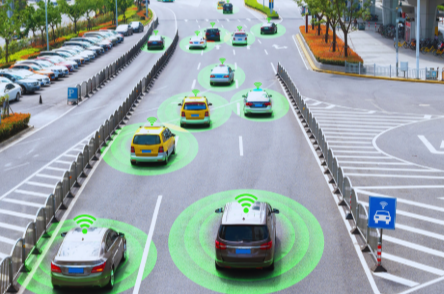How Autonomous Vehicles Will Impact Urban Planning
The introduction of autonomous vehicles is poised to fundamentally alter urban planning landscapes. With their ability to reduce the demand for traditional parking spaces, cities may rethink land use strategies. Additionally, these vehicles could enhance public transportation systems and promote sustainability. As urban infrastructure evolves, the implications for green spaces and pedestrian pathways demand careful consideration. What specific changes can be anticipated in the design and functionality of our urban environments?
Redesigning Urban Infrastructure
As cities evolve to accommodate autonomous vehicles, the necessity for redesigning urban infrastructure becomes increasingly evident.
Smart roadways equipped with advanced sensors will enhance traffic management, optimizing flow and reducing congestion.
This transformation not only prioritizes safety but also fosters a sense of freedom for citizens, allowing them to navigate urban landscapes with greater efficiency.
The future of mobility hinges on these innovations.
Read more: The Future of Tech in the Financial Industry
Reducing the Need for Parking
The integration of autonomous vehicles into urban environments presents a significant opportunity to reduce the need for traditional parking infrastructures.
Through shared mobility solutions, cities can optimize space, reallocating parking areas for green spaces or pedestrian pathways.
This shift not only enhances urban aesthetics but also promotes freedom of movement, encouraging residents to embrace a more sustainable and interconnected lifestyle without the constraints of conventional vehicle ownership.
Enhancing Public Transportation Systems
While many urban areas grapple with outdated public transportation systems, the advent of autonomous vehicles offers a transformative potential to enhance these networks.
By integrating smart transit solutions, cities can improve efficiency and accessibility, ultimately fostering mobility equity.
Autonomous vehicles can serve as on-demand supplements to traditional systems, ensuring that underserved communities gain equitable access to transportation options, enhancing overall urban mobility.
Promoting Sustainable Urban Development
Autonomous vehicles have the potential to significantly influence sustainable urban development by reshaping land use, reducing carbon footprints, and promoting greener infrastructure.
Conclusion
In summary, the advent of autonomous vehicles heralds a seismic shift in urban planning, necessitating a reimagining of infrastructure and land use. As cities evolve, the reduction of parking demands and the enhancement of public transportation systems will create opportunities for greener, more pedestrian-friendly spaces. By embracing these technological advancements, urban planners can “hit the ground running,” fostering sustainable development and ultimately crafting safer, more interconnected environments that meet the needs of future generations.




